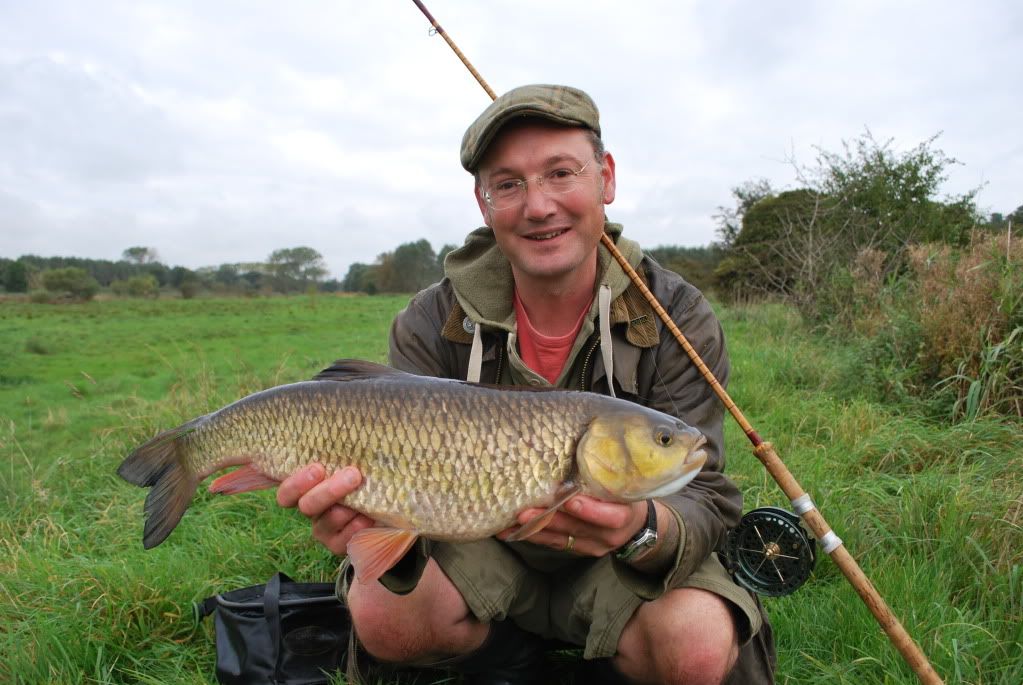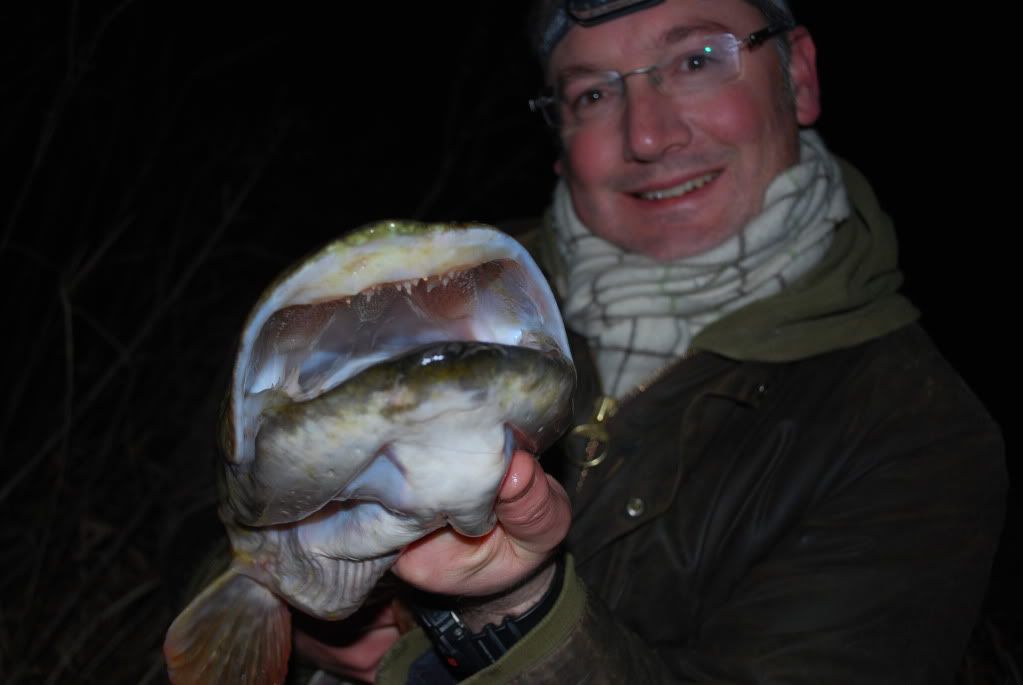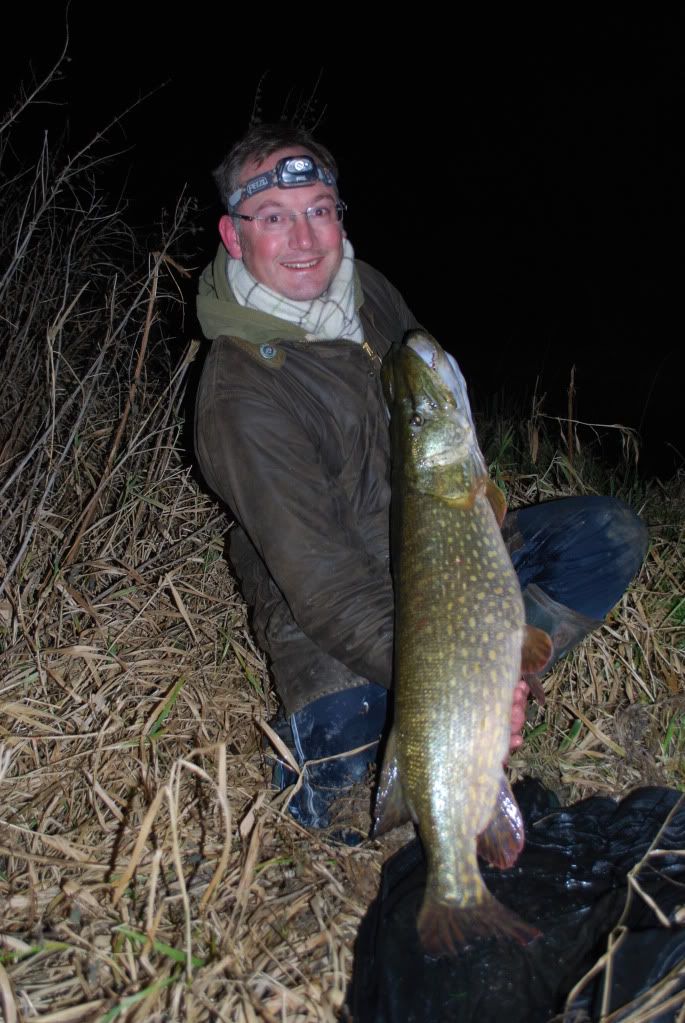I use a running link leger when quivertipping for chub or legering for perch (usually with a bobbin). With the chub I use as little weight as I can get away with so it just holds in the flow after paying out lots of slack line, usually 2 or 3 swan shot. With the perch I use a much heavier weight so it doesn't move, usually a flat 1.5oz pear lead, which allows the line to be pulled through the run ring and lift the bobbin.
I've used quite a few different types of link leger over the years, and the one I've settled on for chub and perch suits me as it gives very confident bites that are hard to miss, and never tangles. I can understand the concerns about too many knots and making it too complicated, but to be honest as long as the materials you use are up to it and are there for a good reason, and all your knots are tied well and tested properly, what looks like a fiddly rig can be worth the extra bit of hassle.
I always use a hooklength rather than tying the hook direct to the mainline. Good hooklength materials are, in my opinion, far superior to most mainlines when it comes to presentation. I want a mainline that's verging on indestructable and a hooklength that's thin, supple, hard to see, and as strong as is needed for the target species. Most mainlines are too thick and stiff in comparison.
So I make up little links by tying about 6" of thick mainline (usually 15lb sensor) to a plastic wide bore run ring and sliding a short anti tangle sleeve over the knot and run ring eye. Swan shot are pinch on at the other end.
The mainline (usually 6lb sensor) goes through the run ring, followed by two plastic or rubber beads, and then a small swivel. The hooklength (usually 6lb Drennan hooklength material of a suitable length) is tied to the other end of the swivel, with another anti tangle sleeve over the knot and swivel eye, with the hook tied at the other end.
Some may say that 1 knot is better than 3, but if the 3 knots never fail it's all much of a muchness! I'd prefer to have a stout mainline and more supple hooklength.
I also don't mind that the length of the hooklength being fixed. If I need to use a longer hooklength for a particular swim I'll tie a new one on, it only takes 30 seconds. It's rare I feel the need to though.
I'm sure the chub version is not free running in the strictest sense (unlike the perch version with the heavier weight and tighter line) but by letting it settle and then paying out a big bow, a chub is able to pick up the bait and move a fair way before really feeling anything; the line does pull through the run ring a bit and the weight does trundle downstream a bit, but the most inportant bit is that the tip pulls round without the fish feeling it. I'm sure a lot of the issues people have with unhittable taps and knocks when chubbing are down to simply fishing with too tight a line, so the fish feels the tension of the tip and drops the bait.
With roach I do something different again, and fish directly out in front of me with a standard running leger/feeder which only just holds bottom after paying out a bow of line. Like upstream legering, the fish dislodges the feeder which causes the tip to bounce and fall slack, giving the roach loads of time to hold onto the bait, and I'm sure often hooking themselves in the process.




